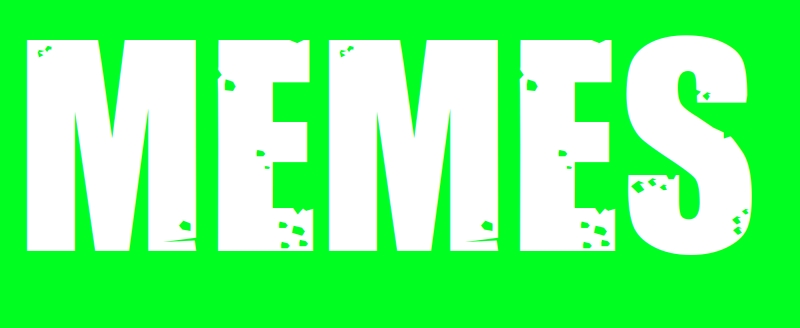I think HEIC plays friendly for how they store live photos: a container that has both a still image and a video of the surrounding time context. HEIC for the still photo and HEVC for the video probably optimizes the hardware acceleration for fast, low power processing of both parts of the data, and allows for a higher quality extraction of an alternative still photo from a different part of the video.
And maybe they want to have more third party support in place before they set JXL as a default. All the power and space savings in the world on capture might not mean as much if the phone has to do the work of exporting a JPEG or HEIC for each time that file interfaces with an app or the browser or whatever.






Still a pretty limited palette, everyone wearing the same color shirts.
PNG tends to fail hard with textures. For example, my preferred theme in my chess app, which has some wood grain textures, generates huge screenshot file sizes (2MB), whereas the default might be less than 10% as large. Similarly, when I screenshot this image the file size jumps to 2MB for a 0.8 megapixel image.
Rendered textured scenes could easily overload the PNG compression algorithm to where they’re huge, and if Discord is historically associated with gaming, one can imagine certain video game screenshots blasting past that 40mb limit.